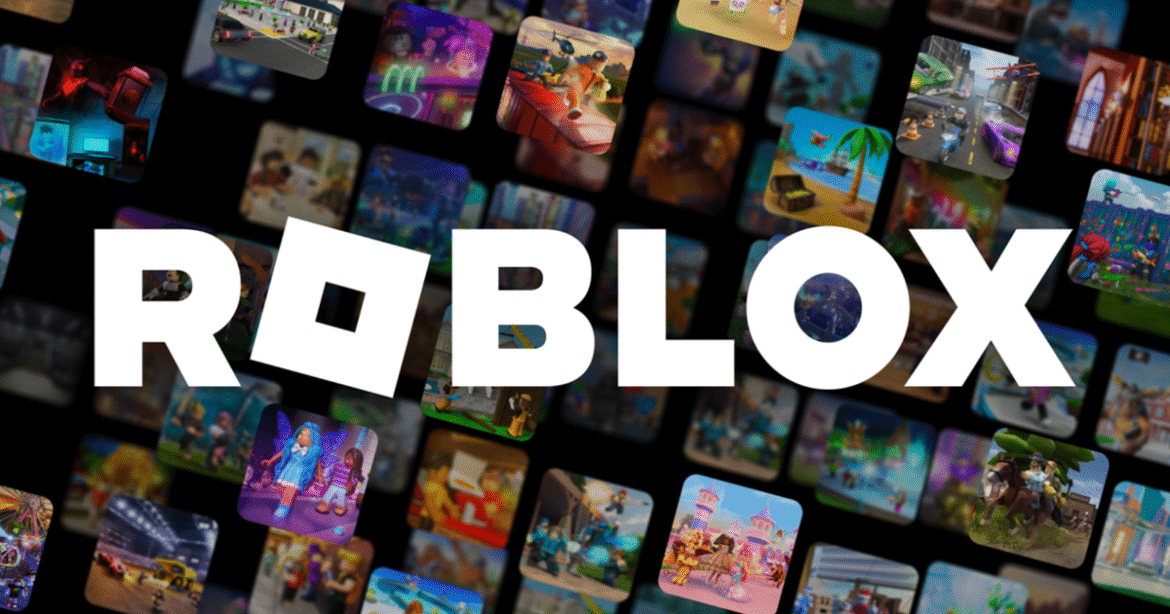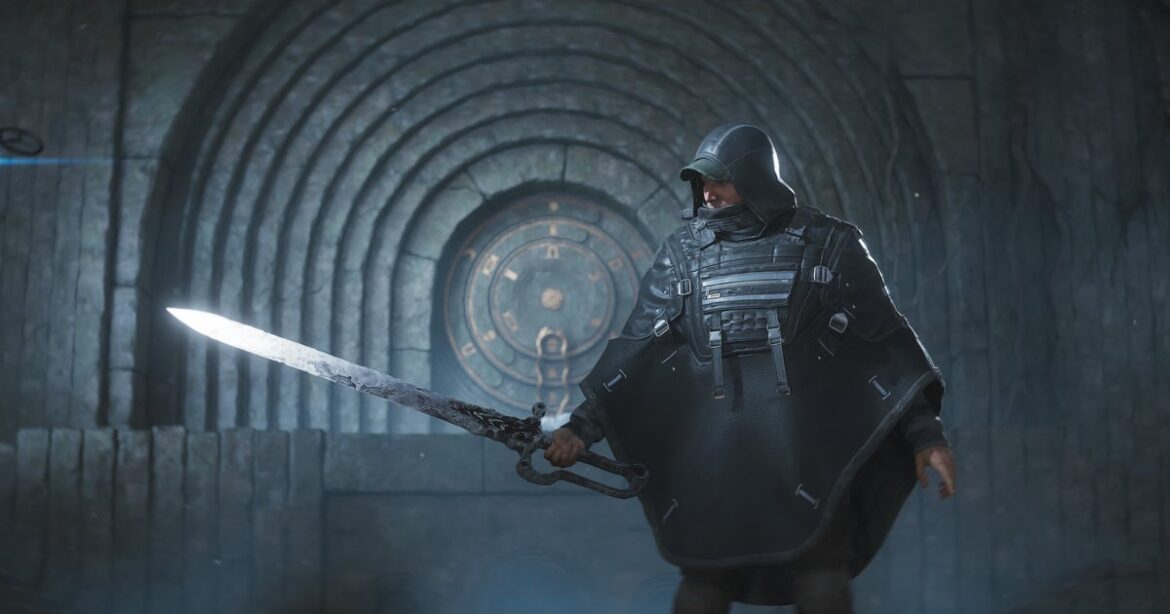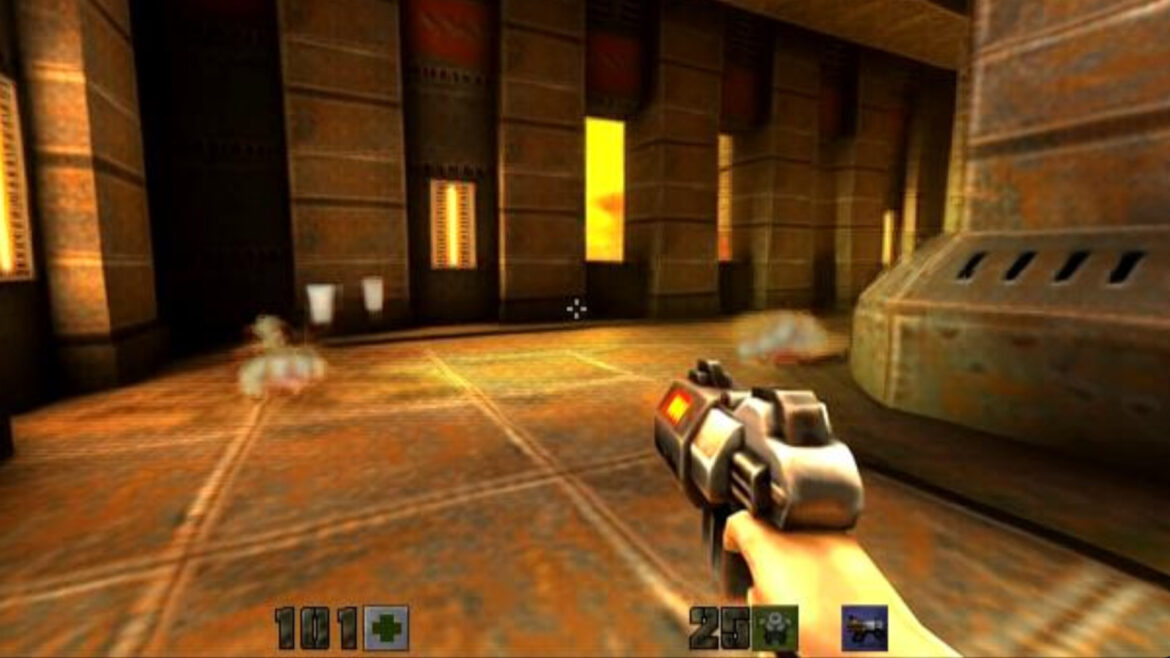Epic is modifying a Peacemaker emote that was removed from Fortnite earlier this week due to its inclusion of controversial dance moves.
The removal came after the TV show’s most recent episode included a major twist. While the emote was added earlier in September, in retrospect the dance moves clearly imitate a swastika.
What made this more remarkable is that Warner Bros. and Epic agreed on the collaboration before the episode aired, but the Fortnite-maker seemingly wasn’t forewarned of the show’s twist.
KPop Demon Hunters Takes Over FortniteWatch on YouTube
In a new statement on social media, Epic has confirmed there were “no creative intentions” in linking the Peaceful Hips Emote to the storyline of the show.
However, it’s modifying the dance in next week’s update, though players are able to get a refund if preferred.
The statement in full reads: “We’ve worked closely with our partners at Warner Bros. Games to confirm there were no creative intentions to connect the Peaceful Hips Emote and the current Peacemaker storyline. To avoid any confusion, we’re modifying the Emote choreography in next week’s update. If they prefer, players can return the Emote without using a ticket.”
We’ve worked closely with our partners at Warner Bros. Games to confirm there were no creative intentions to connect the Peaceful Hips Emote and the current Peacemaker storyline. To avoid any confusion, we’re modifying the Emote choreography in next week’s update. If they prefer,…
— Fortnite Status (@FortniteStatus) October 1, 2025
Manage cookie settings
Presumably, then, this won’t impact future collaborations between the two companies.
Yesterday, Epic announced its latest collaboration is with the popular Netflix film KPop Demon Hunters, with game modes and character skins included. Sounds golden!








